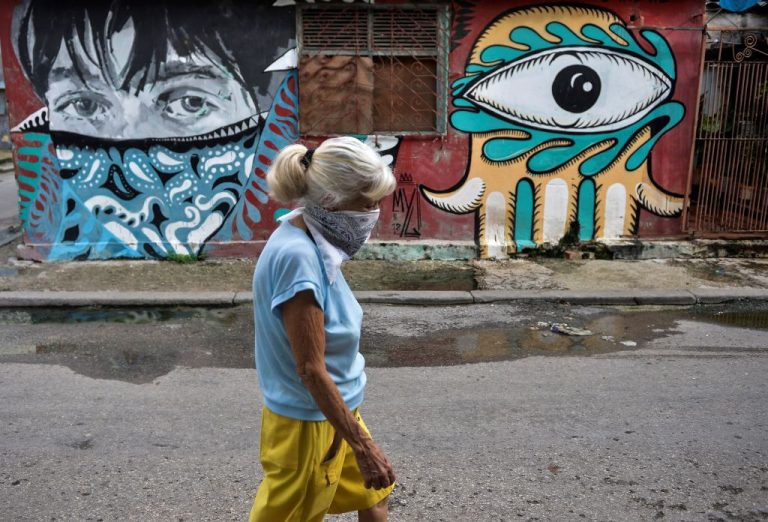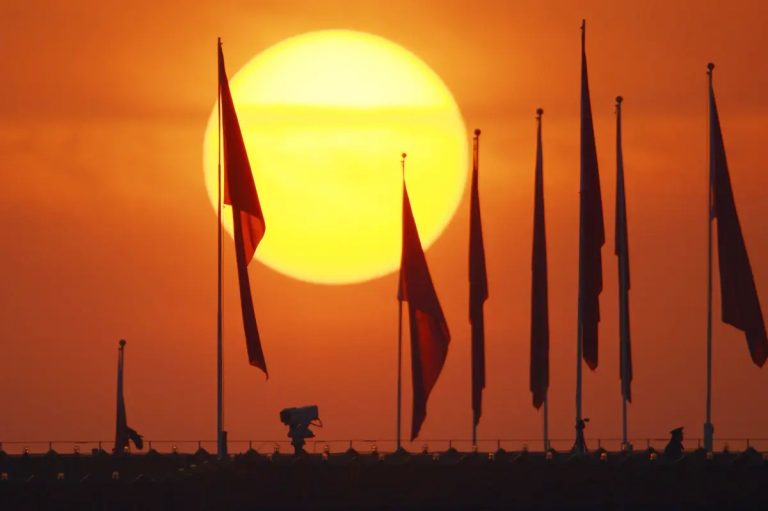Rumors that Communist China is planning to build an intelligence hub in Cuba appear to have been debunked insofar that similar facilities have already existed for 3 decades, according to a new report.
This is what Chris Simmons, a former U.S. Defense Intelligence Agency counterintelligence research branch chief told the Miami Herald in a June 5 article.
“We saw the enhancements over a decade, a steady evolution; clearly something was going on, but we didn’t know what,” Simons said, referencing renovations and upgrades at a “signals intelligence facility” located some 45 minutes away from Havana in the town of Bejucal.
READ MORE
- Biden Admin Likely to Blacklist NVIDIA AI Chip Exports to China
- China’s Export Controls on Gallium and Germanium Escalate Semiconductor Trade War
- Indictment Details Plan to Steal Samsung Secrets for Foxconn China Project
Simmons continued, “And then, in 2001, we discovered that the Chinese had been there already for nine years. We were told at that time that when the Chinese arrived in 1992, they were embedded in a single building within Bejucal, and they were 50 officers in this facility.”
The prospect of Beijing deploying military infrastructure not far away from Florida’s southern tip was a hot topic, sparked by a June 20 report by The Wall Street Journal, which cited unnamed American officials as claiming China and Cuba plan to launch a new joint military training facility.
Success
You are now signed up for our newsletter
Success
Check your email to complete sign up
A spokesperson for the Biden administration stated, “Can’t confirm on that reporting or comment on that specifically,” Politico noted.
“We continue to be concerned about [China’s] longstanding activities with Cuba,” the spokesperson said, adding that China “will keep trying to enhance its presence in Cuba, and we will keep working to disrupt it.”
‘A significant, escalatory step’
Senators Bob Menendez (D-NJ) and Michael McCaul (R-TX) wrote in a letter to Secretary of State Antony Blinken and CIA Director William Burns that “the establishment of intelligence facilities and expansion of military ties this close to U.S. territory is a significant, escalatory step” while requesting Congress be properly briefed on the subject.
During an interview with NBC’s Meet the Press, Blinken stated following a high-profile trip to Beijing to meet with Xi and other senior officials that his department had brought up the spy base issue with the Cuban government.
“For them, there’s no secret about the concerns that we have…and the fact that we’re watching this very carefully,” Blinken said.
He also stated that Washington has been continually “engaging in a number of countries over the last couple of years” where “China is trying to get a foothold.”
“And as I said, in a variety of places where China has tried to get a foothold, militarily or with intelligence, we’ve been not only looking at that, we’ve been taking action to try to push back, and we’ve had some success,” Blinken also said.
Simmons told the Herald that the CCP’s deployment in Cuba three decades ago came immediately following the collapse of the Soviet Union and came at a time when Beijing was not considered any kind of international adversary or superpower (in 1990, mainland China had a smaller economy than the city of Tokyo).
“But the conventional wisdom was that China just seized the political opportunity because of the collapse of the Soviet Union. That was the simplified D.C. logic. We could see the ships going in and the weapons coming off. But for the most part, Washington didn’t want to ask the hard questions,” Simmons added as a caveat.
National Security Council spokeswoman Kate Waters declined to confirm Simmons’ version of events in comments to the Herald, but hinted that the deployment of Chinese infrastructure in Cuba was not exactly new.
“There also seems to be a mix-up here because the Administration’s position has not been that this is a recent development, though there has been some misreporting that has suggested that,” Waters said.
Decades of pattern analysis
Elaborating on what a signal intelligence facility is capable of, Simmons painted a far more concerning picture of its significance as compared with the Chinese spy balloon, which was apparently built with commercially available made in America parts, according to recent reports.
Simmons said that Cuba is “amazingly proficient at what we call pattern analysis.”
The relevance is, that because Cuba is so close to America, “They triage who the important numbers are, and they can tell you that Chris Simmons, on average, makes three phone calls to this number for the CIA.”
“So they don’t know what I’m saying, but just the pattern tells them who I’m operating with and what’s normal for me,” he added.
Cuba — and the area the CCP’s intelligence assets are reportedly operating out of — is about 100 miles from Florida, a distance comparable to that between Taiwan and mainland China.
During the Cold War, the U.S. Air Force made use of the Ching Chuan Kang air base on Taiwan, then commonly considered “Free China” versus the communist mainland.
More recently, with tensions rising between Washington and the CCP under leader Xi Jinping, the U.S. has been deploying more military forces to Taiwan while high-ranking American officials meet with counterparts from the Republic of China, as Taiwan is officially known.
In December 2021, Voice of America noted that the U.S. doubled its forces stationed in the Republic.
The official count had raised from 20 to 39 over the span of roughly 9 months.
And while that number is certainly small, “The escalation is subtle but unmistakable,” a military affairs consultant for a think tank told VOA.
By this February the U.S. was said to be deploying as many as 200 soldiers to Taiwan “in the coming months,” the Wall Street Journal reported at the time.
The deployment was for the purposes of “expand[ing] a training program the Pentagon has taken pains not to publicize as the U.S. works to provide Taipei with the capabilities it needs to defend itself without provoking Beijing,” authors summarized.















